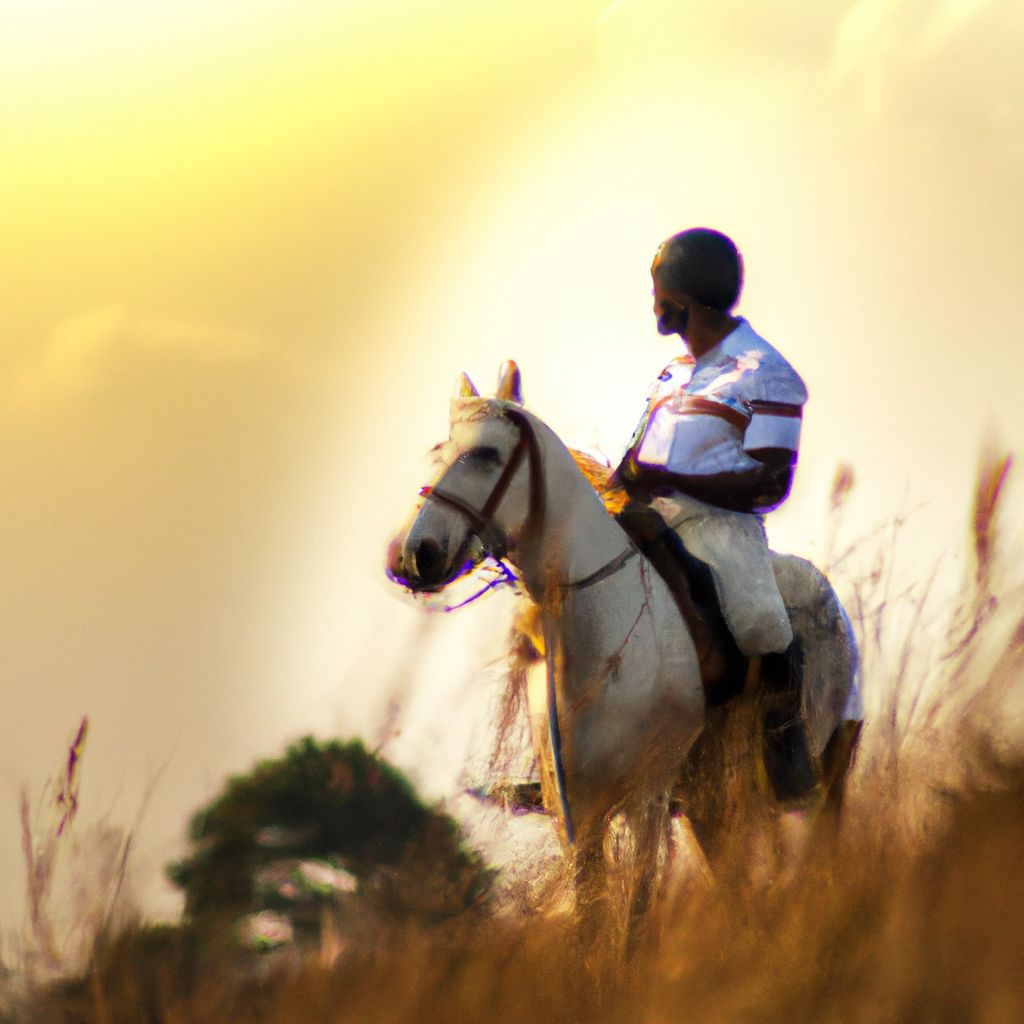- Understanding the Basics of Horse Riding
- Essential Horse Riding Safety Equipment
- Proper Horse Handling
- Safe Riding Techniques
- Emergency Procedures
- Maintaining Horse Health and Well-being
- Role of Professional Training and Supervision
Understanding the Basics of Horse Riding
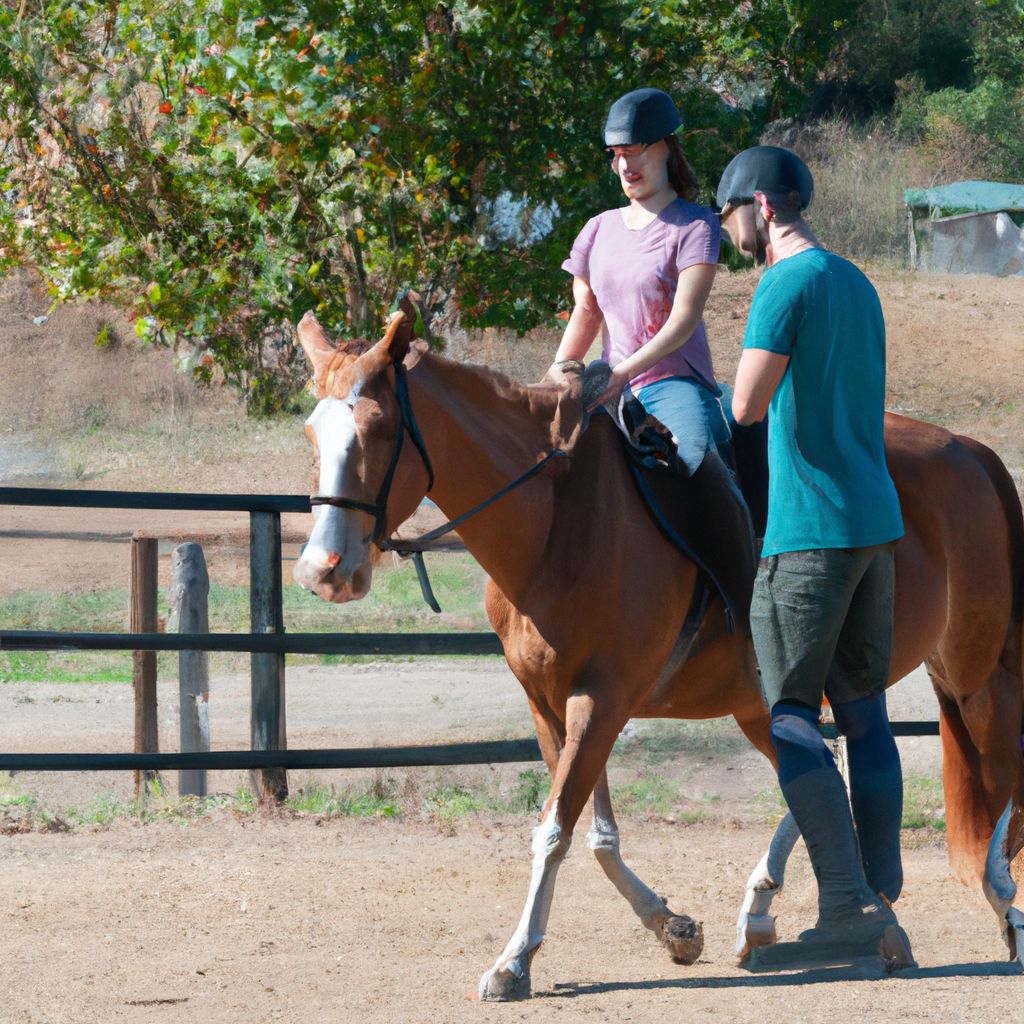
Horse riding, an activity enjoyed by millions of people worldwide, blends physical exertion with the thrill of connecting with these majestic animals. Despite its increasing popularity, horse riding is not without its potential risks, reinforcing the need for safety measures and precautions.
The appeal of horse riding lies in its versatility, with a multitude of forms such as trail riding, dressage, eventing, show jumping, and racing. Each form has its unique challenges and requires distinct skill sets from the rider. This variety, however, also implies a range of possible hazards.
Studies reveal that horse riding can be riskier than many other high-adrenaline sports. For example, a research by the Journal of Neurosurgery found that equestrians are 20 times more likely to sustain an injury than a motorcycle rider. This statistic underscores the importance of adhering to safety protocols in horse riding.
Essential Horse Riding Safety Equipment
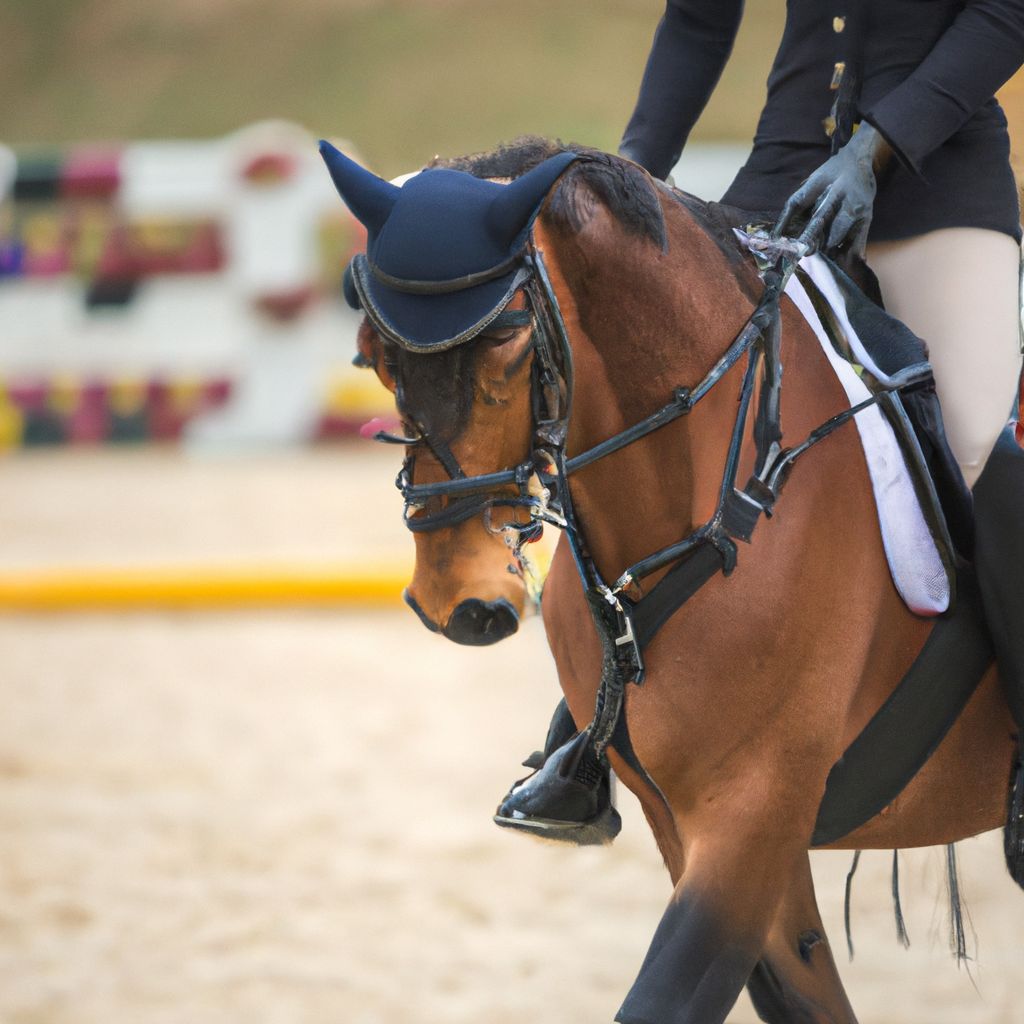
Safety equipment plays a vital role in mitigating risks associated with horse riding. Let's delve into the essential pieces of gear every rider should consider:
- Helmets
- A properly fitted riding helmet is crucial as it protects the rider's head from potential impacts. According to the American Association of Neurological Surgeons, horseback riding accounts for 20% of all sports-related head injuries. Thus, wearing a helmet can significantly reduce the risk of concussion or more severe brain damage.
- Body Protectors
- Body protectors absorb shock and help shield the rider's torso from injuries in case of a fall or if the horse kicks. They're especially recommended for risky riding activities like jumping or eventing.
- Proper Footwear
- Riding boots offer protection for the rider's feet while on the ground and provide better grip in the stirrups when mounted. They typically have a heel to prevent the foot from sliding through the stirrup.
- Gloves
- Though not mandatory, gloves can offer better grip on the reins, especially in wet conditions, and protect the hands from blisters and abrasions.
- Safety Stirrups
- These stirrups are designed to quickly release the rider's foot in case of a fall, preventing the rider from being dragged and potentially trampled by the horse.
It's important to note that all safety equipment should be appropriately fitted and conform to the latest safety standards.
Proper Horse Handling
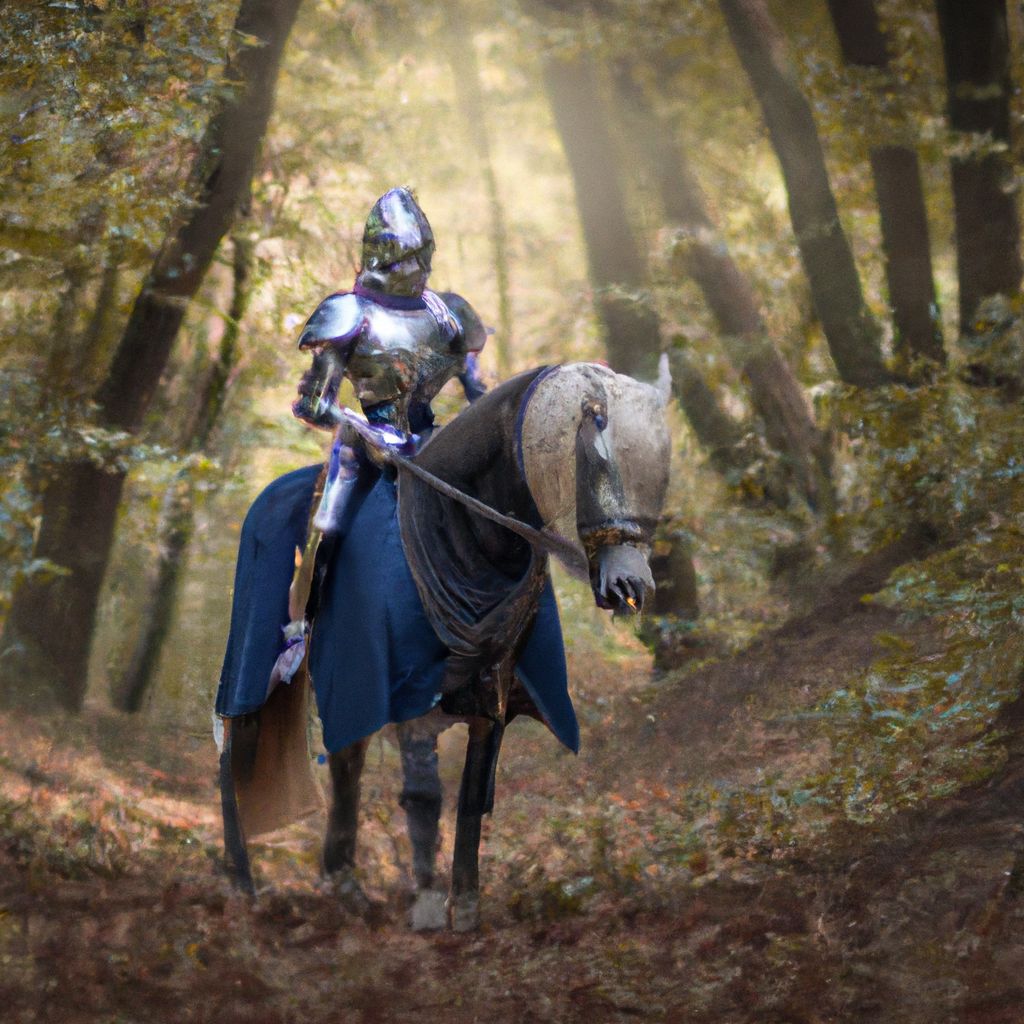
Understanding horse behavior and mastering safe horse handling skills are crucial to prevent accidents. Let's explore some of these techniques:
- Approaching a Horse
- When approaching a horse, always make your presence known to avoid startling it. Approach at a 45-degree angle to the shoulder, not directly from the front or back. Talk in a calm, reassuring tone and extend your hand for the horse to sniff, allowing it to recognize you.
- Leading a Horse
- When leading a horse, stand to its left side with the lead rope in your right hand and the excess rope in your left hand. Never wrap the rope around your hand or body. Walk confidently, with the horse's head at your shoulder. If the horse tries to move ahead, a gentle tug on the rope can remind it to match your pace.
- Tying a Horse Securely
- When tying a horse, make sure it's secure enough to prevent escape but also safe if the horse panics. The 'quick release' knot is commonly used as it can be untied quickly in case of emergency. Always tie the horse to a solid object at about the height of its withers, and ensure the lead rope is not so long that the horse could step over it.
These handling techniques, coupled with a keen understanding of horse behavior, can significantly enhance the safety of the rider and the well-being of the horse.
Safe Riding Techniques
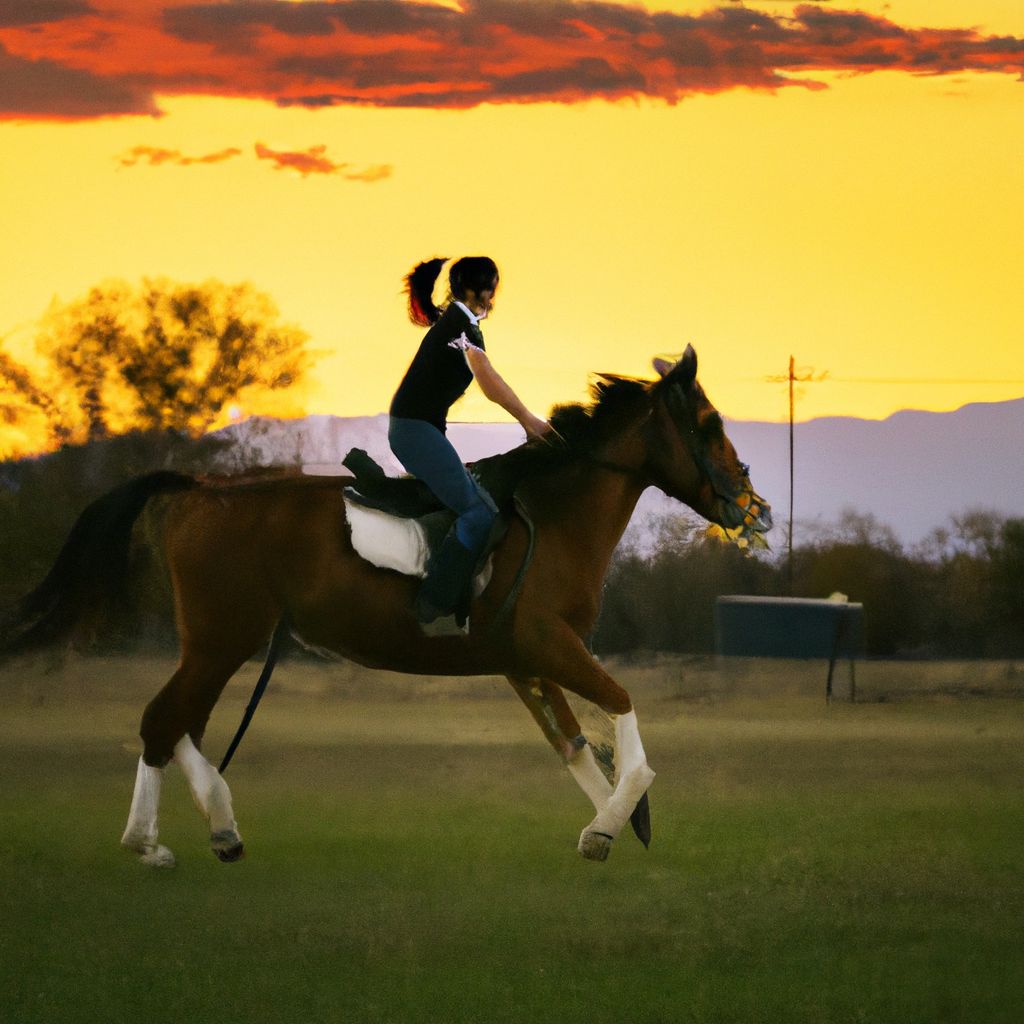
Safe riding techniques are another essential element in the equation of horse riding safety. Let's discuss some of these techniques:
- Proper Mounting and Dismounting
- Always mount and dismount from the horse's left side. Use the stirrup to help you mount without pulling on the saddle, which can be uncomfortable for the horse. When dismounting, remove both feet from the stirrups, lean forward, and swing your right leg over the horse's back.
- Maintaining a Secure Seat
- A secure seat helps you stay balanced on the horse, reducing the risk of falls. Keep your heels down, your back straight, and your eyes looking forward. Your thighs and calves should maintain contact with the horse, but your knees should not grip the saddle tightly.
- Controlling the Horse
- Control over the horse is essential for safety. Learn to use the reins correctly, and remember that they are not just for stopping but for directing the horse too. Use your legs, seat, and body weight to help guide the horse.
Finally, it is fundamental to ride at a pace appropriate for your skill level. Overconfidence can lead to accidents, so always ride within your comfort zone and skill level, gradually increasing your pace as your riding skills improve.
Emergency Procedures

Knowing what to do in an emergency can make a significant difference in the outcome. Let's outline some of the emergency procedures related to horse riding:
- Falling Safely
- If a fall seems inevitable, try to roll away from the horse once you hit the ground to avoid being stepped on. Attempt to push away from the horse during the fall, and tuck your body into a roll to absorb the impact.
- Handling a Spook or Bolt
- If a horse spooks or bolts, stay calm and centered. Use a steady, reassuring voice to soothe the horse, and pull on one rein to turn the horse in a circle, which can help slow it down. Avoid pulling back on both reins simultaneously as this can cause a horse to rear.
- Basic First Aid
- Knowing basic first aid can be lifesaving. Carry a first aid kit and learn how to treat common injuries such as cuts, abrasions, or sprains. In case of serious injuries, call for medical help immediately and try to keep the injured person calm until help arrives.
While we can't predict every possible scenario, being prepared and knowing how to react in emergencies can significantly improve safety during horse riding.
Maintaining Horse Health and Well-being
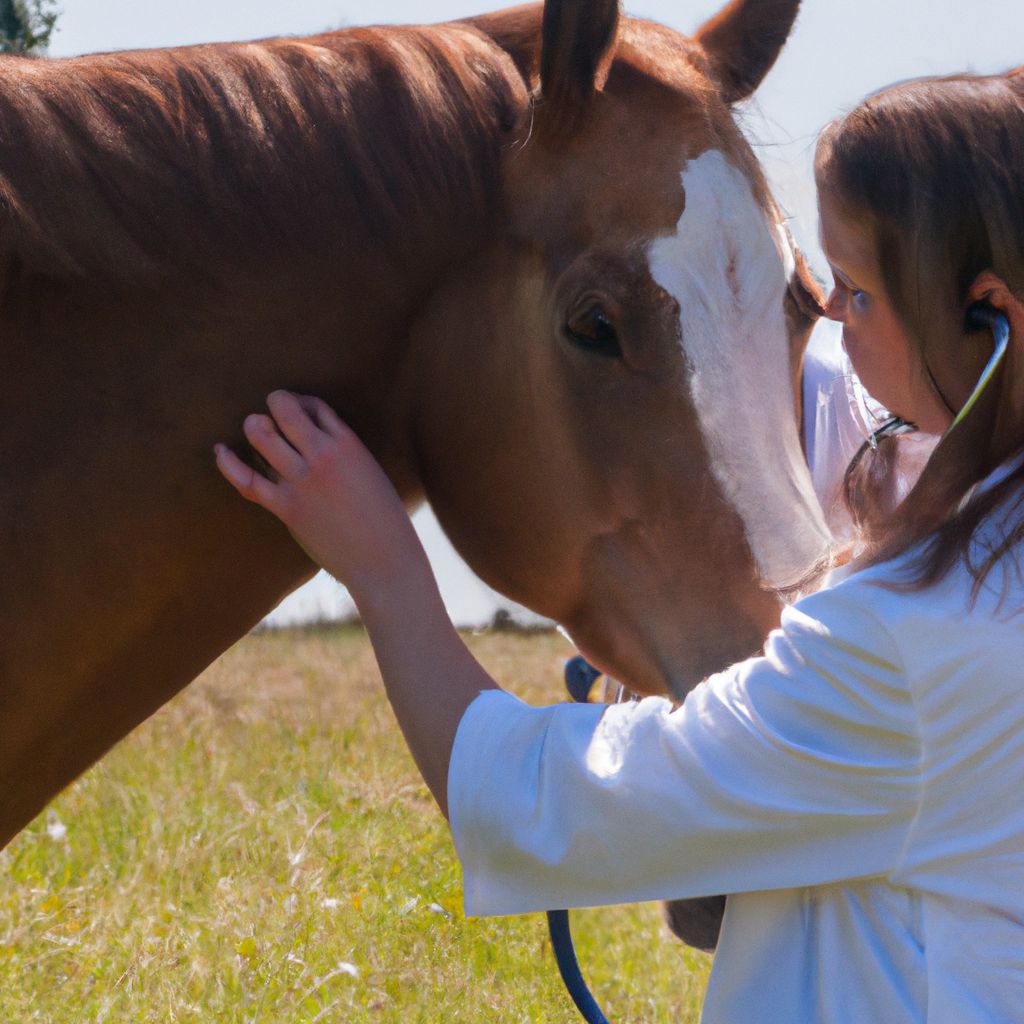
The health and well-being of the horse is directly linked to the safety of the rider. A healthy, happy horse is often more predictable and safer to ride than a horse that's unwell or distressed.
Regular veterinary check-ups, a balanced diet, proper exercise, and clean living conditions are all essential to maintaining a horse's health. It's also crucial to be aware of your horse's normal behavior, so any changes can be quickly identified and addressed.
- Identifying Signs of Illness
- Signs of illness in a horse can include changes in eating or drinking habits, lethargy, weight loss, irregular stool, or changes in behavior. Physical symptoms can include a runny nose, cough, difficulty breathing, or swelling.
- Recognizing Signs of Stress
- Stress in horses can manifest as changes in behavior, such as aggression, repeated patterns of movement (weaving or pacing), or decreased interest in socializing with other horses. Physical signs can include excessive sweating, rapid breathing, or loss of condition despite a good diet.
By prioritizing the horse's health and well-being, riders can not only ensure their safety but also enhance the overall riding experience.
Role of Professional Training and Supervision
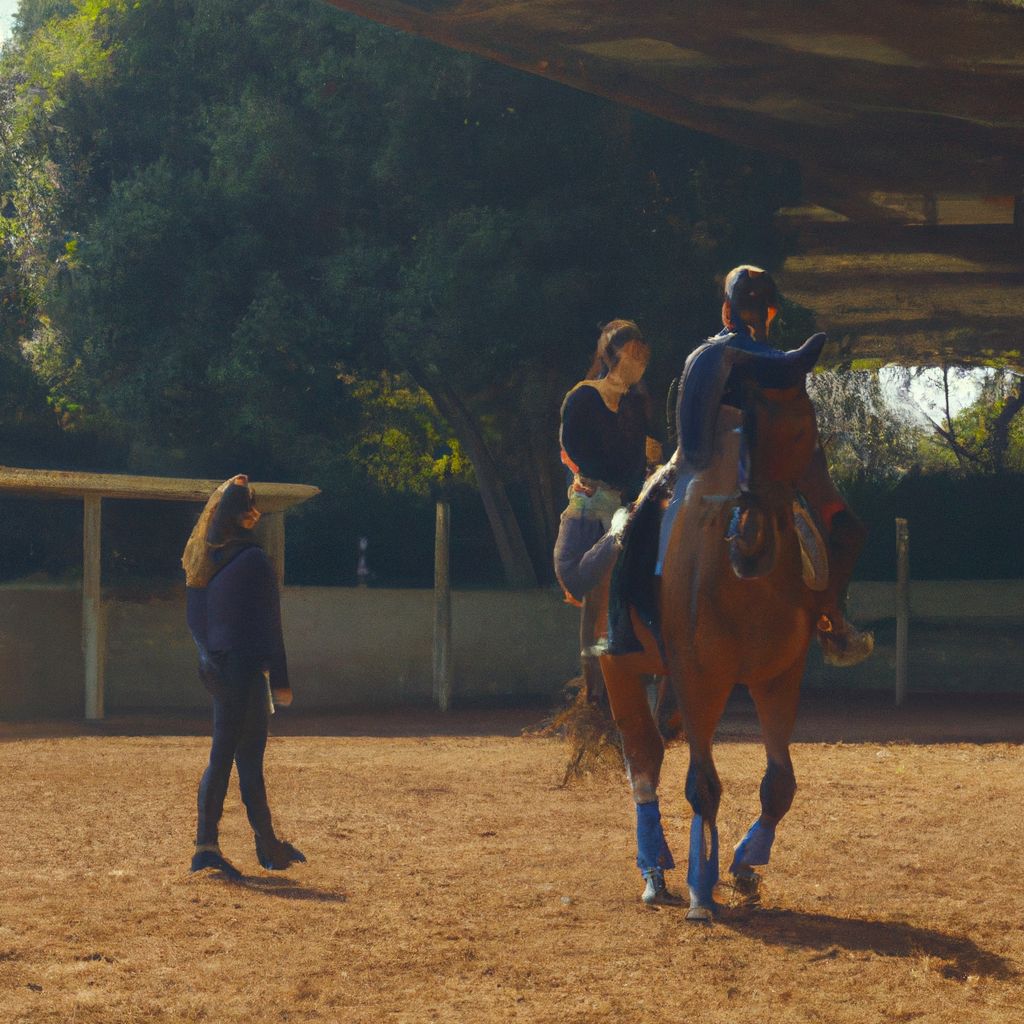
Professional training and supervision play a pivotal role in ensuring safety while horse riding. Whether you're a beginner just getting into the saddle or an experienced rider seeking to refine your skills, guidance from a professional can prove invaluable.
For beginners, riding under supervision is crucial. A professional trainer can provide immediate feedback, correcting any mistakes in posture or handling before they become ingrained habits. This guidance greatly reduces the risk of accidents and injuries.
Even for seasoned riders, regular lessons can be beneficial. No matter how experienced, there's always more to learn in the field of equestrianism. A professional can provide advanced training techniques, help to fine-tune riding skills, or offer new challenges to keep riding engaging.
In addition, professionals can also provide advice on safety equipment, horse care, and emergency procedures, further enhancing the safety and enjoyment of horse riding.


